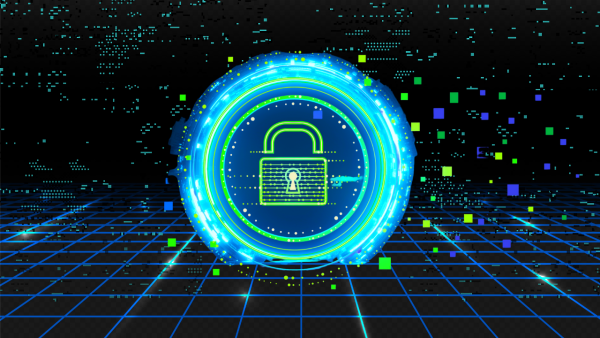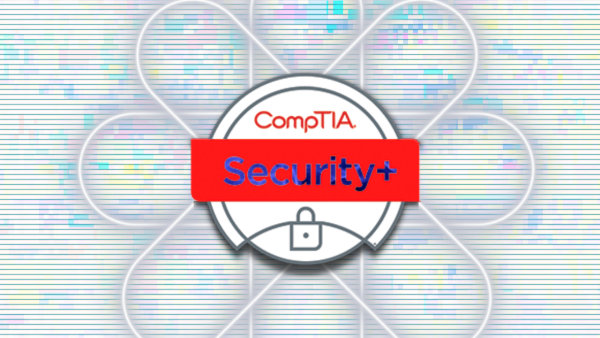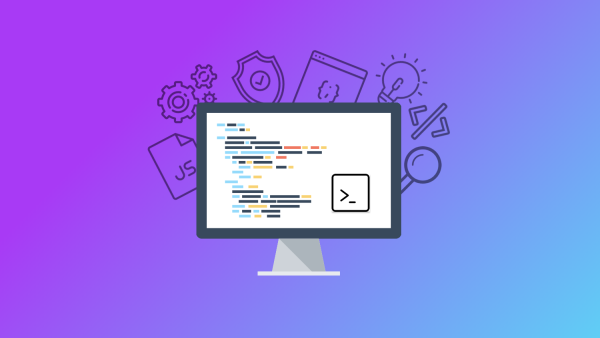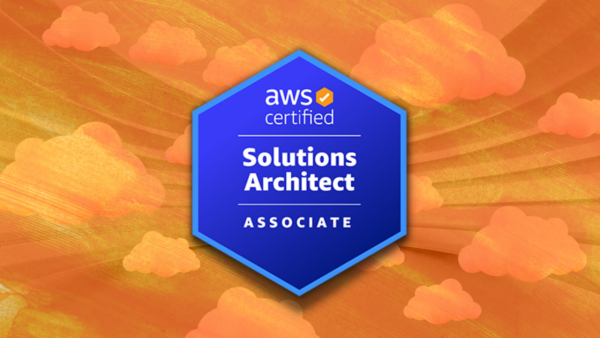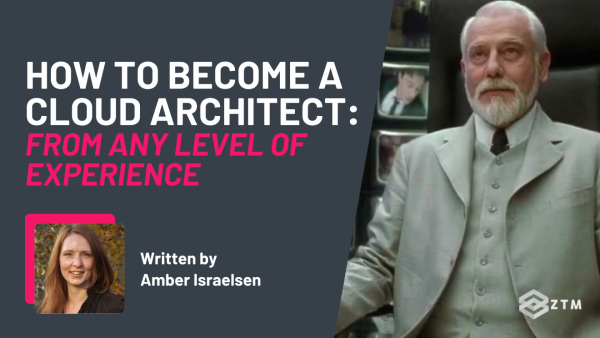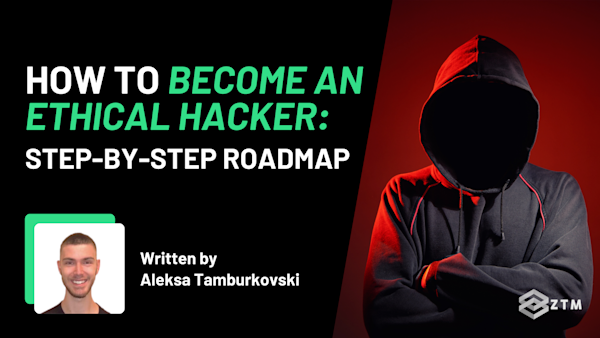Imagine this: you’ve spent months building your software and perfecting every line of code.Then, out of nowhere a cyberattack hits, and sensitive data is exposed.
It’s every companies worst nightmare, but as cyber threats become more sophisticated, this scenario is becoming increasingly common.
So how do you defend against this? Well one solution is better regulations and systems - such as the NIS2 Cyber Security Directive.
In this guide, I’ll break down what NIS2 is, how it impacts your development workflow, and the steps you can take to secure your software.
So let’s dive in…
What is NIS2?
NIS2 is the European Union’s response to escalating cyber threats.

It requires European companies, developers, and digital service providers to take a more proactive approach to security, with better risk management and swift incident reporting.
However, it’s important to understand that although NIS2 is an EU regulation, its requirements extend to any company providing services within the EU or interacting with EU businesses.
This includes:
- Third-party service providers: If your company provides cloud services, digital infrastructure, or software to businesses based in the EU, you are likely subject to NIS2 compliance. The directive mandates higher security standards for essential and important service providers, which may include non-EU companies serving European clients
- Supply chain connections: Even if your company operates outside of Europe, if you’re part of the supply chain for EU-based companies—such as providing software components, APIs, or other critical services—NIS2 requires those companies to ensure that their entire supply chain meets the security standards. This pushes responsibility onto external providers, meaning you’ll need to comply with NIS2 even indirectly
This means that non-EU companies with operations, clients, or supply chain interactions within the EU are expected to align with NIS2 standards to maintain those business relationships.
And trust me - they’re going to be making sure you do or you’ll lose their business. Especially if they fall into the following categories...
NIS2 company classifications: Essential and Important Entities
NIS2 classifies companies into two categories - essential and important - based on their potential impact on the economy and society if disrupted by cyberattacks:
- Essential entities provide critical services such as energy, healthcare, transport, financial services, digital infrastructure (like data centers), and drinking water supply. The failure of these services can have serious consequences for public safety and the economy
- Important entities include medium-sized businesses in sectors like postal and courier services, food production, waste management, chemicals, and the manufacturing of critical products. While the disruption of these services might not be as critical, they still hold significant value in the overall economy
The impact of failing to comply
As you can imagine, with any directive like this - there is a punishment for not meeting the requirements.
For companies directly classified as essential or important under NIS2, failing to meet these security standards can lead to hefty fines.
You’re looking at:
- Up to €10 million or 2% of global turnover for essential entities
- and €7 million or 1.4% for important entities
- Non-monetary penalties can also include security audits, compliance orders, or even a temporary ban on management roles in severe cases
For third-party providers (such as software vendors, API developers, and cloud service providers), the penalties might not apply directly, but the consequences can still be serious.
- Failing to comply with NIS2 can result in losing business, as your clients are required to ensure that their entire supply chain meets these standards
- You may also face increased oversight from your clients, including security audits, contractual obligations to meet compliance, and reporting requirements to help them fulfill their obligations under NIS2
TL;DR
Regardless of where you are in the world, if you interact with European companies or operate within their supply chains, complying with NIS2 is critical for maintaining these business relationships.
The good news is that many of the steps outlined by NIS2, such as vulnerability management, secure access controls, and incident reporting, are best practices that most companies should already be following.
You might just need to skill up slightly to help meet this, but that's never a bad thing.
How to implement NIS2 in your own software development
NIS2 impacts multiple areas of software development, and to meet its standards, you'll need to address specific security challenges. That being said, there are 3 core areas that need attention:
- Incident reporting
- Software pipelines
- Cloud security
So let’s break them down and cover what needs fixing, why it matters, and how to seamlessly integrate the solution into your workflow.
NIS2 and incident response planning
When a cyberattack hits, every second counts. This is why a well-prepared incident response plan is essential to contain the damage quickly and prevent further escalation.
Without a clear plan:
- Your team may be caught off-guard, leading to delayed action and confusion that only worsens the situation
- Poor communication can also prevent timely notifications to stakeholders or authorities, which are critical for mitigating broader impacts
- Not only that, but if your response is too slow or uncoordinated, the breach can rapidly escalate, leading to significant downtime, financial losses, and a damaged reputation
Effective incident management ensures that your team is ready to act decisively, minimizing both immediate damage and long-term consequences.
This is why NIS2 emphasizes the importance of having a prepared and practiced incident response plan, ensuring that your team can act swiftly to contain the damage and meet the reporting requirements set by the directive.
How to setup an incident response plan for NIS2
Start by creating a detailed incident response plan. This plan should clearly:
- Define who is responsible for managing each aspect of the breach
- How to isolate affected systems and lower the impact
- And how to communicate effectively both internally and with external stakeholders, including regulatory authorities. However, simply having a plan isn’t enough—you need to regularly train your team on how to execute it. Running simulated drills will ensure that everyone knows their role when a real attack happens, reducing confusion and speeding up recovery.
If you’re interested in mastering the skills needed for effective incident management and response, then check out our Complete Cyber Security Course.
It covers key areas such as risk assessment, threat management, and building a robust incident response strategy - perfect for those looking to meet the demands of NIS2 and beyond.
NIS2 and securing the software supply chain
Modern software is rarely built in isolation, with almost every application relying on a wide variety of third-party libraries, APIs, and tools.
These external components introduce potential security risks, because if a vulnerability exists in any of these components, it can serve as a gateway for attackers to exploit your system.

NIS2 emphasizes securing the entire supply chain because without proper oversight, these risks can undermine even the most secure internal practices.
How to secure your software supply chain for NIS2
To protect your software from supply chain attacks, NIS2 encourages proactive risk management. This involves:
- Conducting regular vulnerability scans on all external tools and libraries you use
- Ensuring that security patches are applied as soon as they’re available
- And thoroughly vetting any new tools before incorporating them into your project
Automated tools like OWASP Dependency-Check can help you continuously monitor the security of your supply chain, ensuring you stay on top of any potential risks.
If you’ve not handled any of this before, be sure to check out Andrei’s Junior to Senior Developer course.
It covers more advanced areas of development, such as securing applications and managing scalable, secure infrastructures - all skills that are crucial for managing software supply chain risks effectively and meeting NIS2 development requirements.
NIS2 and cloud security
The cloud has become a prime target for cyberattacks due to the vast amounts of sensitive data it stores and the critical infrastructure it supports.
Not only that, but the complexity of cloud systems creates multiple points of vulnerability - whether during data storage, transfers, or while managing access controls. Each stage presents an opportunity for attackers to exploit weaknesses, making it essential to implement the stringent security measures outlined by NIS2.
A breach in your cloud environment can result in severe data theft or service interruptions, and given that many cloud systems underpin key infrastructure, an attack could extend beyond your own services and disrupt operations for your clients as well, leading to widespread issues.
This is why NIS2 emphasizes the importance of securing cloud environments, aiming to prevent large-scale, devastating breaches that can have far-reaching consequences across industries.
How to secure your cloud environment for NIS2
Securing your cloud environment under NIS2 requires a multi-layered approach:
- Start by encrypting both data at rest (stored data) and data in transit (data being transferred between systems). This ensures that even if data is intercepted, it remains unreadable
- You should also implement multi-factor authentication (MFA) to control who has access to sensitive areas of your cloud infrastructure
- Continuous monitoring is another key element - so start using tools like AWS CloudWatch or Azure Monitor to detect suspicious activity in real time, so you can respond quickly to potential threats before they escalate
If you’re looking to go deeper into cloud security, the AWS Certified Solutions Architect course is a great resource.
It covers critical concepts like encryption strategies, Identity and Access Management (IAM), and how to design secure cloud infrastructures - ideal for meeting the demands of NIS2.
To Do Now: Meet NIS2 compliance ASAP
You might think NIS2 won’t affect you, but if your company provides services to or interacts with European businesses, chances are it will. Every company, whether large or small, will need an incident response plan and stronger security measures to meet these new standards by October 27th 2024.
Instead of viewing this as just another compliance hurdle, use it as an opportunity to make sure your security practices are up to standard and stay competitive in the marketplace.
Don’t wait - take action now. Check out the Complete Cybersecurity Bootcamp to build your incident response strategy, and then skill up further with Junior to Senior Developer Roadmap and the AWS Certified Solutions Architect course to secure your systems and ensure compliance.
All of which are available on a single Zero To Mastery Academy membership (as well as all of our other training courses).
Not only do you get access to these resources, but you can also join our private Discord community and speak to students, teachers, and working professionals in each of these areas, and ask questions.




